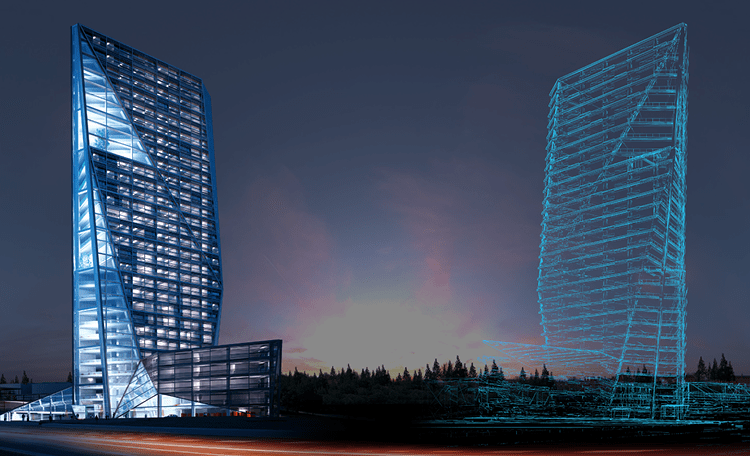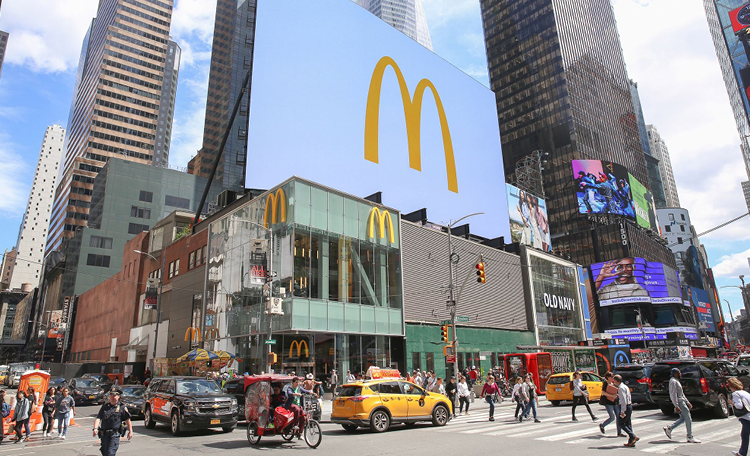
Industrial has been one of the hottest sectors of the commercial real estate (CRE) market for the past several years. However, in the midst of all this activity, owners and lessors are making mistakes that are costing them money and causing margins to vanish. One example of a common mistake made is overlooking industrial equipment that can’t be accounted for because it is physically missing or otherwise rendered unusable. These are known as ghost assets. Ghost assets are a daunting issue for industrial investors because they cause problems in the fixed asset ledger, which is the list of a business’ machinery and equipment, and oftentimes, an industrial investor’s largest and most significant investment.

Ghost assets can lead to decreased productivity and can negatively influence a company’s financial costs and impact tax liability. If you’re paying taxes on missing or unusable assets, you’re throwing money away. Even if you’re not paying taxes, you’re exposing the company to risk. Old, outdated or underutilized assets often get overlooked by assessors using a simple cost approach and they fail to consider which assets are essentially good for nothing, adding to the tax and insurance burden instead.
The Terrifying Truth
Whether buying, selling or holding a commercial building property, there are serious tax and insurance liabilities overlooked by even the savviest in CRE. Addressing those oversights will improve margins, and make a property’s balance sheet more attractive.
Up to 30 percent of organizations don’t have an appropriate structure to identify the assets they own and thus have no ability to track what they have or where they have it. For those that do have a fixed asset system, more than half of those businesses have a material discrepancy between their reported assets and what is physically available for use. Material discrepancies infixed asset reporting results in overpaying property tax, over insuring or underinsuring for property damage, and a host of business operations problems, including inaccurate capital expenditure forecasting and maintenance planning issues.
Eliminate those Ghosts
An accurate fixed asset tracking solution is critical for the profitability and stability of any company.
- A “floor-to-list, list-to-floor” audit can verify that the fixed asset ledger matches what is physically at the location. Once these discrepancies in the records are unearthed, ghost assets can be identified and retired from the ledger. In addition, assets identified on the ledger but no longer in use can be evaluated for replacement. With that process complete, an auditable asset trail and ledger can now be used for management planning purposes.
- Calculating the fair market value of the assets in the newly scrubbed ledger through an appraisal process is an effective way to remove ghost assets and properly depreciate the assets on the ledger and in tax forms.
- An estimation of the replacement cost of the cleansed ledger is then produced to provide an appropriate level of coverage for property damage insurance.
- Developing a personalized asset management program will enable employees to track assets, notify leaders when assets are disposed and remain in compliance if the company is audited.
Ghost assets left unattended create uncertainty and stress. Face ghost assets – and your fears – head-on to enhance your overall business operations and performance.



